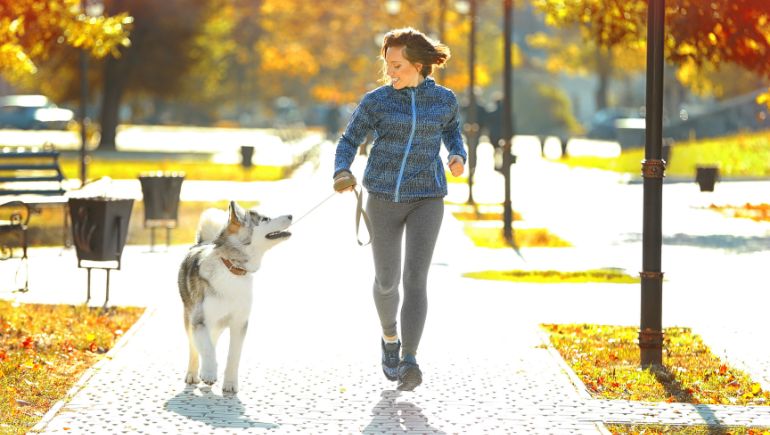Why You Shouldn’t Pull Your Dog’s Leash on a Walk
Posted on October 10, 2022 by paigepesko

It’s easy for a dog owner to tug on their dog’s leash when their pup is pulling and yanking. Maybe your furry friend won’t leave a specific spot, and it’s time to continue with the walk. Perhaps your dog has bursts of energy where they run, and you lag behind. Whatever the reason, pulling on the leash happens even to the best dog owners.
Unfortunately, pulling can cause issues physically and psychologically. This blog will explain why you shouldn’t pull your dog’s leash on a walk.
Strangulation and Choking
This problem is one of the top ones regarding leash pulling. Unfortunately, pups don’t know when to stop pulling, even if they feel pain. If your dog wraps the leash around you, they’ll continue pulling and tugging because that’s their instinct, which can be dangerous for you. In extreme scenarios, the pressure can also be strong enough to break your dog’s neck or cut off its air supply.
Harms Your Dog’s Thyroid Gland
Your pup’s thyroid gland sits in the spot where the collar runs across the neck. Pulling on the leash could cause trauma to your furry friend’s thyroid gland. This damage can impact the gland’s function, causing your dog to develop hypothyroidism. Of course, this is the worst-case scenario, but it’s important to remember while taking your dog for a walk.
Nervous System Damage
There are many nerves in your pup’s neck, and constant pulling can harm any of the precious nerves. Your dog could end up with peripheral nerve or neuromuscular junction damage. You’ll see signs of these issues in your dog’s legs. If your dog starts licking or sniffing their paws in confusion, it could be a sign of nerve damage.
As you can see, pulling on your dog’s leash can cause serious harm. The above issues are why you should avoid tugging and pulling at all costs. Training your dog could mean the difference between life and death. You can also switch from a traditional collar to a harness with a durable dog leash. A harness sits across your dog’s chest instead of the neck, making pulling more manageable and less dangerous.
